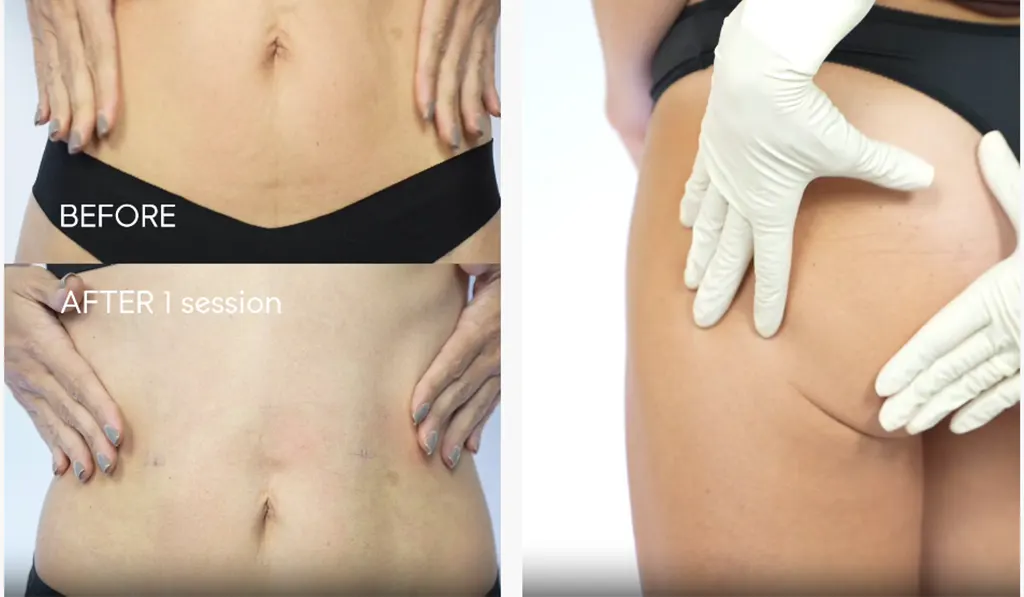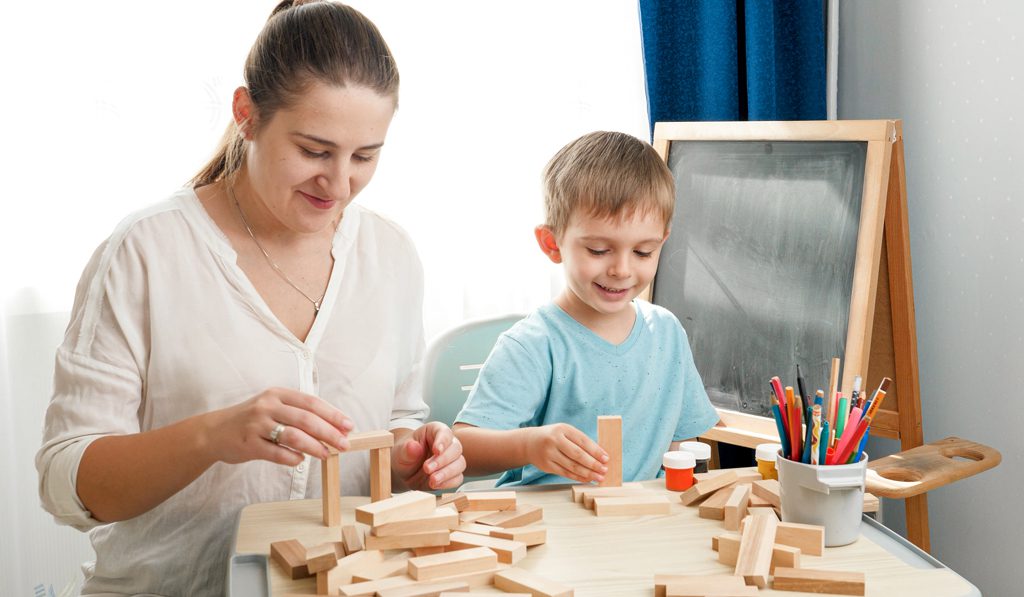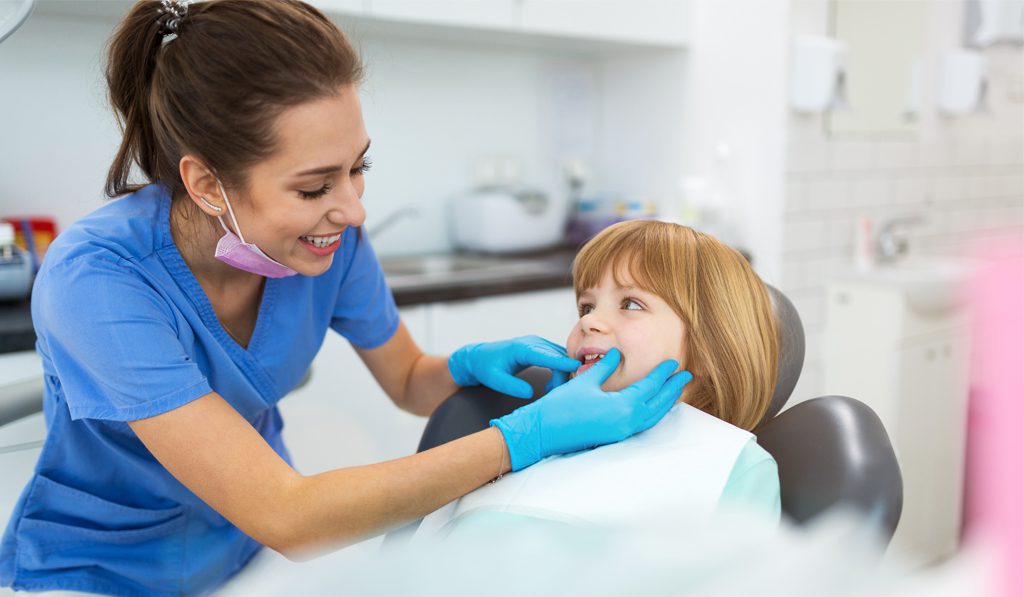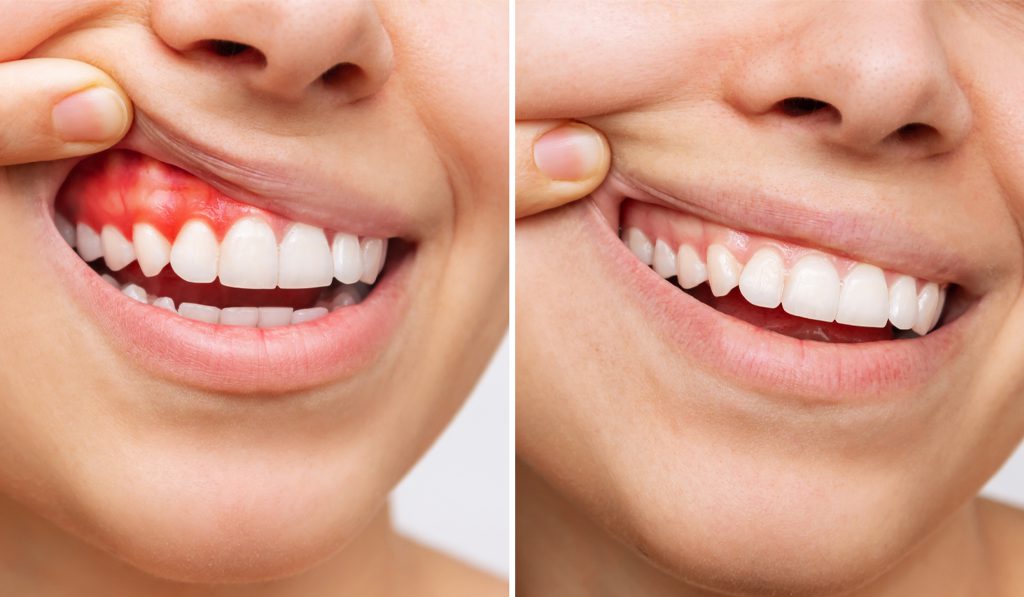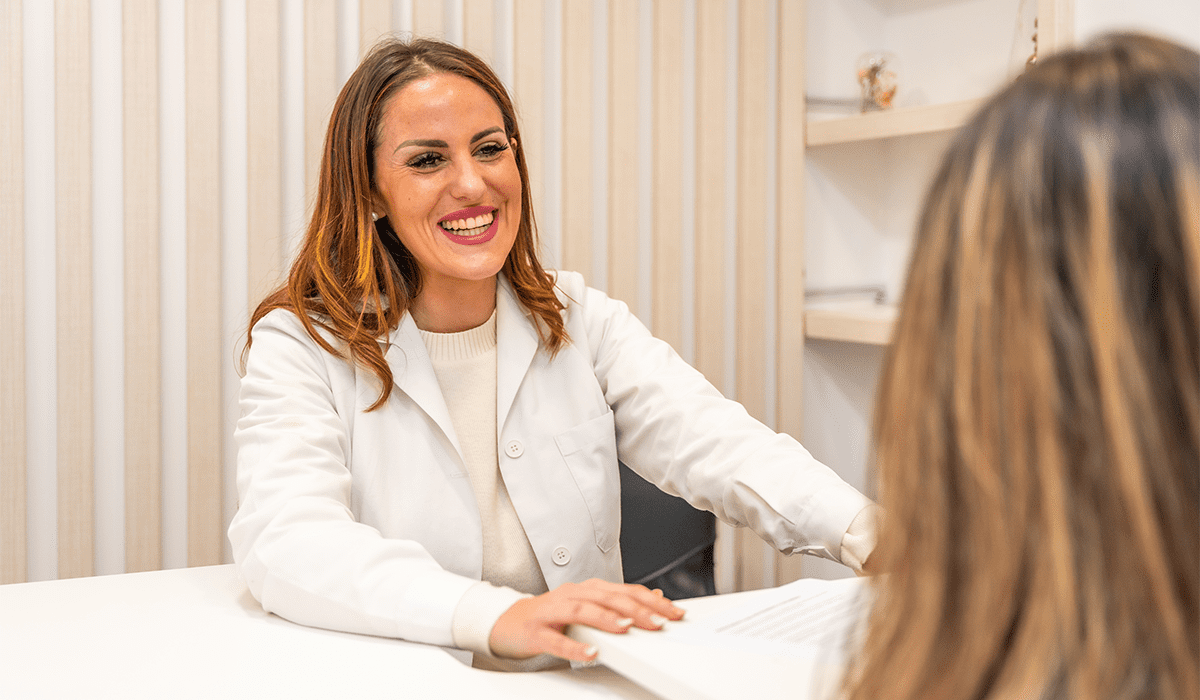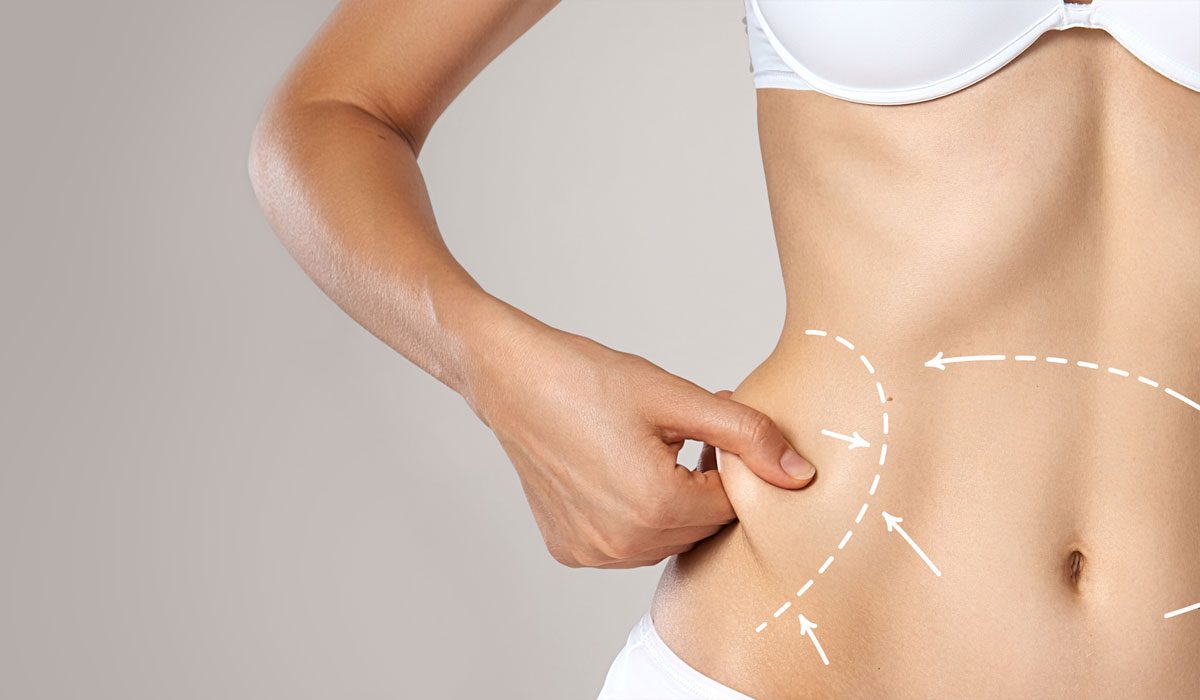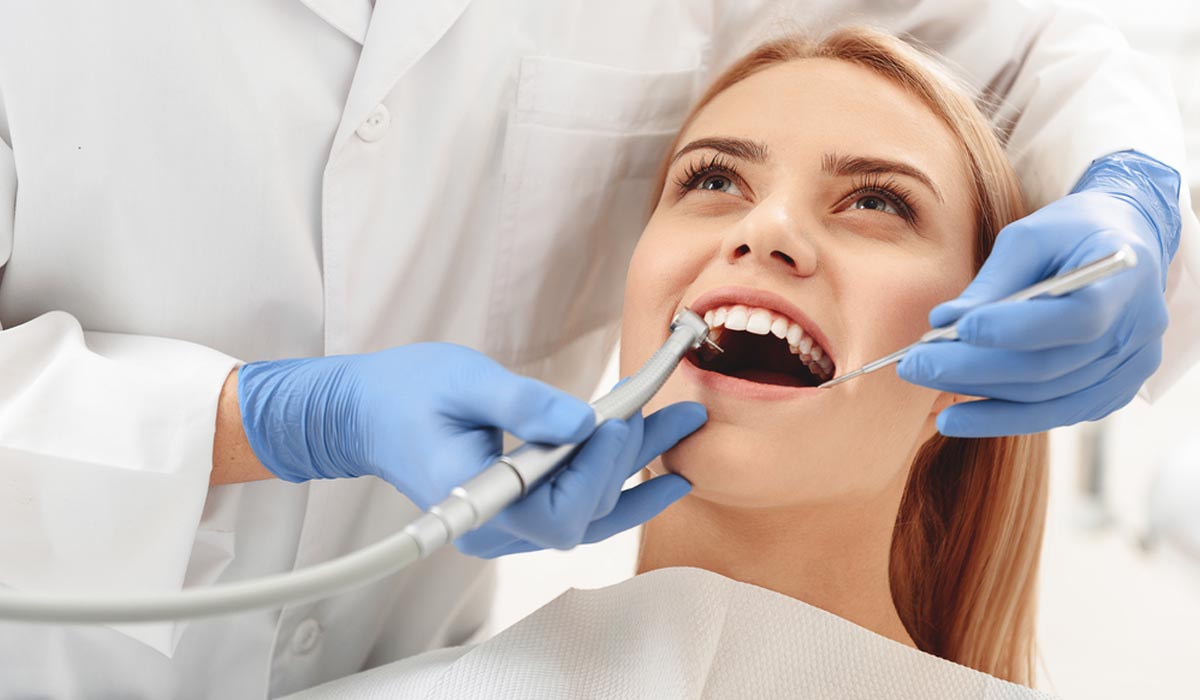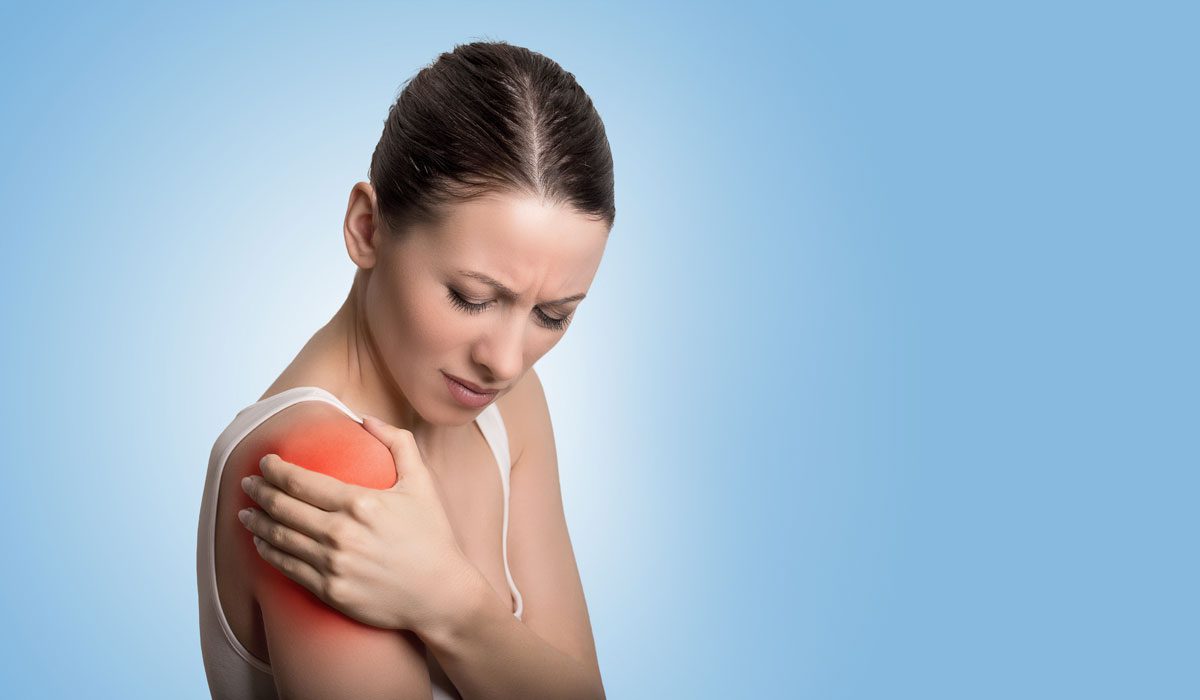Cupping therapy for high blood pressure
One of the most dreadful health conditions – high blood pressure or hypertension as some call it, affects millions of people across the globe. People spend a fortune on medicines and therapies to combat this awful medical condition. But with the introduction of alternative medicines into the mainstream foray, people are now keener on these experimental treatments than ever before. One such treatment among them is the Cupping Therapy, which is our topic of discussion for today.
Before we dissect as to how cupping therapy helps in fighting high blood pressure, let us get you acquainted with what it is.
What is Cupping Therapy?
A form of alternative medicine, cupping therapy involves local suction of a part of your body. Its application requires the therapist to put specials cups (made of bamboo, glass, silicone, or earthenware) on your skin for a few minutes to facilitate the suction. It is essentially a deep-tissue massage intended to mobilize the flow of blood, which, in turn, promotes healing.
Although it might be trending now, its origin can be traced back to the medieval era where it was practiced in the Egyptian, Middle Eastern, and Chinese cultures.
How Does Cupping Therapy Work?
During cupping therapy, circular or semi-circular cups are attached to your skin using the suction method, mostly with the help of a handheld pump. Slowly the air inside the cup creates a vacuum, which leads to your skin rising and turning red due to your blood vessels expanding.
Some therapists apply massage oil on your back before the start of the procedure to ensure that the cups can be easily glided over the different muscle groups. Based on the intensity of the session that you have signed for, the cups are left anywhere between 3-15 minutes.
Usually, these cups leave dark circles over the applied areas due to capillary rupture, which heals within 7-10 days.
Types of Cupping
There are a couple of variations of cupping therapy that has resulted from different cultural implications and medicinal properties. Take a look before trying them out.
Dry Cupping
The most basic form of cupping, dry cupping is conducted by creating tiny areas of low air pressure on your skin. The vacuum is created through rubber pumps or silicone cups. Generally, the cups are moved from one place of your skin to another to create a massage-like effect.
Wet Cupping
Also known as Hijama, wet cupping involves drawing of blood through small skin incisions. The incisions may be made either before or after the cupping procedure. The moot point here is to draw any impurities and toxins from the blood. An ointment is applied at the end of the procedure to prevent any sort of infection.
How Cupping Therapy Helps Regulate Blood Pressure
Several benefits can be drawn from cupping therapy such as providing a proper regulation for blood pressure or hypertension thereby improving the high blood pressure.
High blood pressure is a thickening of blood cells in your arteries and veins. A high level of cholesterol can also lead to high blood pressure. Common symptoms of high blood pressure include chest pain, visionary problems, difficulty in breathing, severe headaches, and blood in urine, among others.
People who have been taking pills to cure blood pressure often suffer from constipation, fatigue, dry coughs, nausea, and many other side-effects. Therefore, many people are opting for alternative medicinal approaches like cupping therapy to improve their heightened blood pressure.
Cupping therapy forces the thicker blood to be drawn out of the bloodstream, thereby enabling the circulation of lighter blood through your body. This helps in maintaining optimal blood pressure. Besides, it also helps to regulate the level of potassium and salt in your blood that further lowers the blood pressure.
Take a look at the video where Dr. Sam Kotkat, doctor of Chinese Medicine, is performing Hijama/Cupping Therapy.
Summary
The potential of cupping therapy, although not proven scientifically, is believed to be untapped and far-reaching. However, it should be kept in mind that despite being lasting for centuries, it is still a new age treatment in the mainstream arena. Therefore, one needs to be cautious about where they are getting treated.
We recommend only certified medical institutions for you to experience this treatment, wherein you will not only be able in a safe environment but will also have access to an esteemed panel of medicinal experts. The experts can give you proper guidance both before and after the treatment to ensure that your blood pressure remains under control with the help of cupping therapy.
Over the past year, 7DMC has been providing the Hijama/Cupping therapy to a lot of individuals who have been experiencing the good result of the therapy without any side effects. If you are suffering from blood pressure and looking for a solution alternative to the pills and conventional treatments, consult with our cupping therapy specialist.
References
Abdullah M.N. Al-Bedah, Ibrahim Elsubai, Naseem Akhtar Qureshi, and Tamer Aboushanab – The medical perspective of cupping therapy: Effects and mechanisms of action – Research Gate. Available at: https://www.researchgate.net/publication/324838865_The_medical_perspective_of_cupping_therapy_Effects_and_mechanisms_of_action
Huijuan Cao, Mei Han, Xun li, Shangjuan Dong, Yongmei Shang, Qian Wang, Shu Xu, and Jianping Liu – Clinical research evidence of cupping therapy in China: A systematic literature review – Research Gate. Available at: https://www.researchgate.net/publication/47793552_Clinical_research_evidence_of_cupping_therapy_in_China_A_systematic_literature_review
Abdullah AlBedah, Mohamed Khalil, Ahmed Elolemy, and Ibrahim Elsubai – Hijama (cupping): A review of the evidence – Research Gate. Available at: https://www.researchgate.net/publication/230241459_Hijama_cupping_A_review_of_the_evidence
Hanin Kamaruzaman – Cupping Therapy – Research Gate. Available at:
https://www.researchgate.net/publication/322096210_Cupping_Therapy



